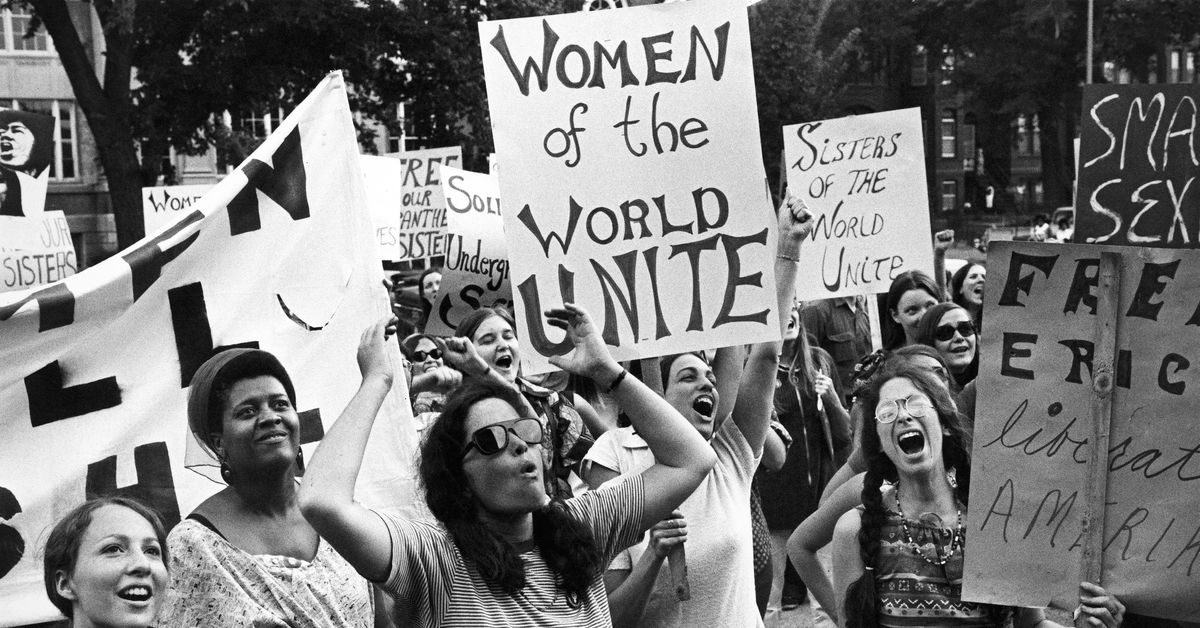The Waves of Feminism
Changes in the intepretion of Women's rights.

Feminism is not monolithic, due to its deep history and it has had a wide range of goals throughout its various forms.
The first wave of feminism emerged during the late 19th and early 20th centuries, primarily in Western countries. This wave focused on achieving basic legal rights for women, particularly suffrage (the right to vote). Women activists organized campaigns, protests, and demonstrations to advocate for voting rights, access to education, and workplace equality. The movement culminated in significant successes, such as women gaining the right to vote in several countries.
Moving through to the 1960s to 80s, the Feminism movement entered its Second Wave. This wave was characterized by a broader range of issues beyond legal rights, addressing social and cultural inequalities. Women during this era sought to challenge traditional gender roles, fight against discrimination in the workplace, and promote reproductive rights. The second wave also sparked discussions about issues such as sexual liberation, domestic violence, and sexual harassment.
The third wave of feminism emerged in the 1990s and continues into the present day. It builds upon the achievements and lessons of the previous waves while focusing on issues of intersectionality, inclusivity, and challenging broader societal norms. The third wave emphasizes that feminism should be diverse, recognizing that gender inequality intersects with other forms of discrimination such as race, sexuality, and class. This wave also highlights the importance of individual experiences and identities. It emphasizes the idea of no 'one' conception of being a woman being correct.

